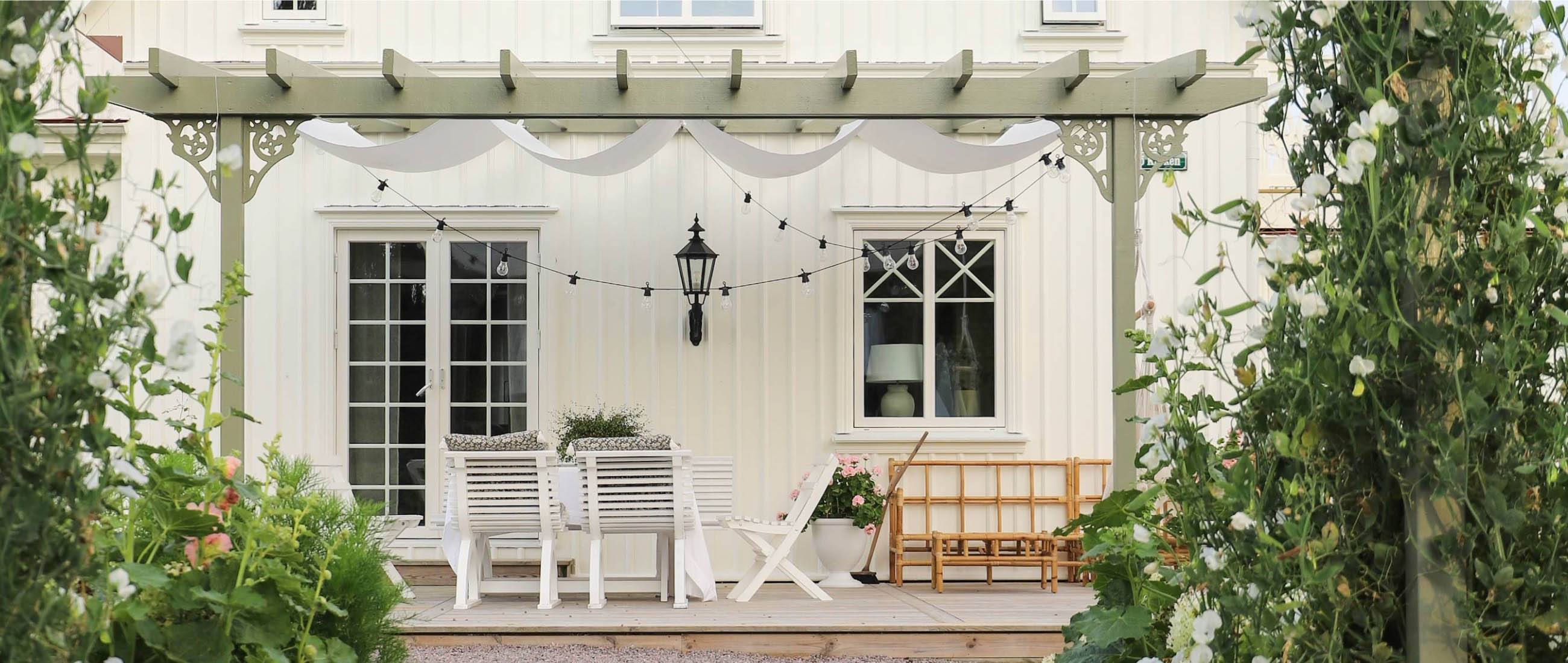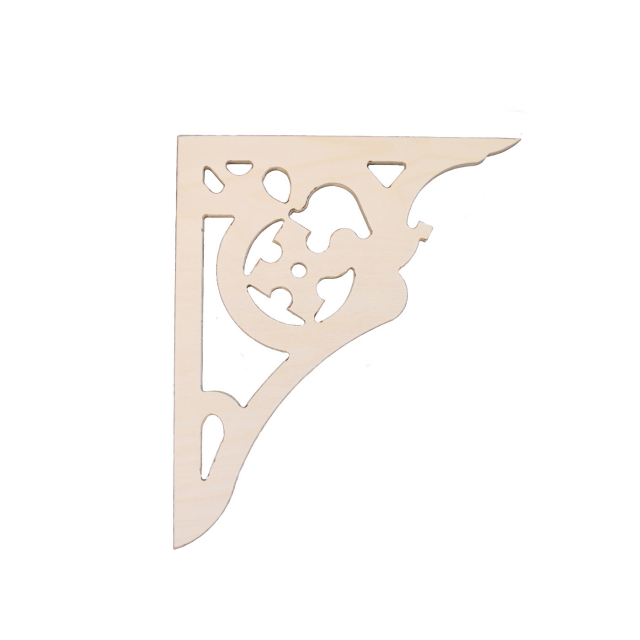
Wood Carving Joy
The wood carving joy had a significant impact on house construction and architecture around the turn of the century (mainly 1800-1900s) in Sweden and other Nordic countries. The style represented a transition from traditional wooden building craftsmanship to more decorative and artistic elements in architecture.
Houses built in the wood carving joy style were often highly detailed and richly decorated with carvings, embellishments, and imaginative ornamentation. These elements gave the houses a unique and personal character. The wood carving joy also marked a transition from the strict, simple style that dominated earlier periods to a more playful and imaginative design.
The style also reflected the increasing economic progress and social changes of the time. It allowed homeowners to showcase their status and well-being through lavish details and decorative elements. In this way, wood carving joy became a form of expression for increasing prosperity and changing social conditions.
Today, wood carving joy has become an important part of the Nordic architectural identity and a cultural heritage that is preserved and appreciated. Many of the historical houses in the wood carving joy style are preserved and restored to maintain their unique beauty and historical value.


